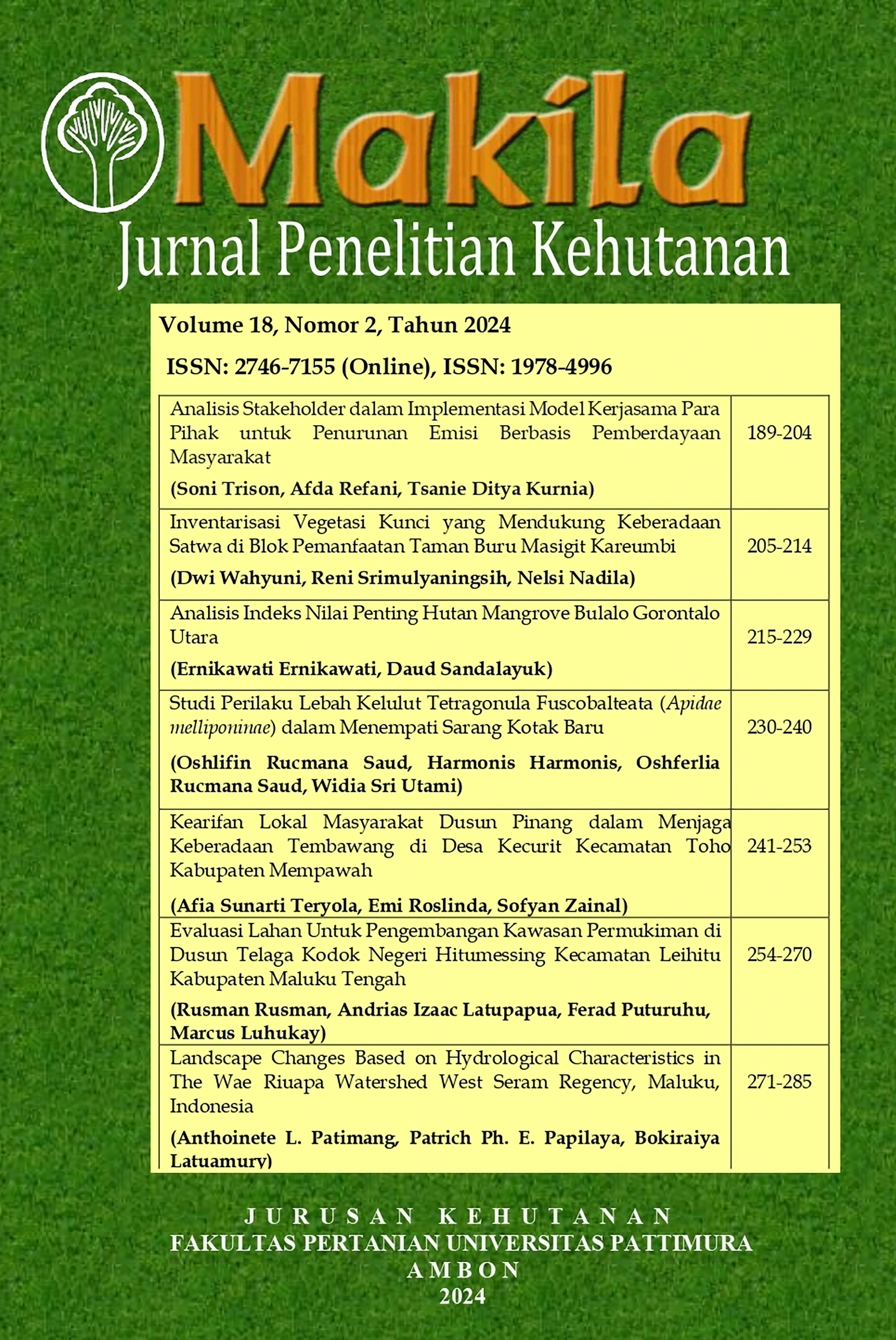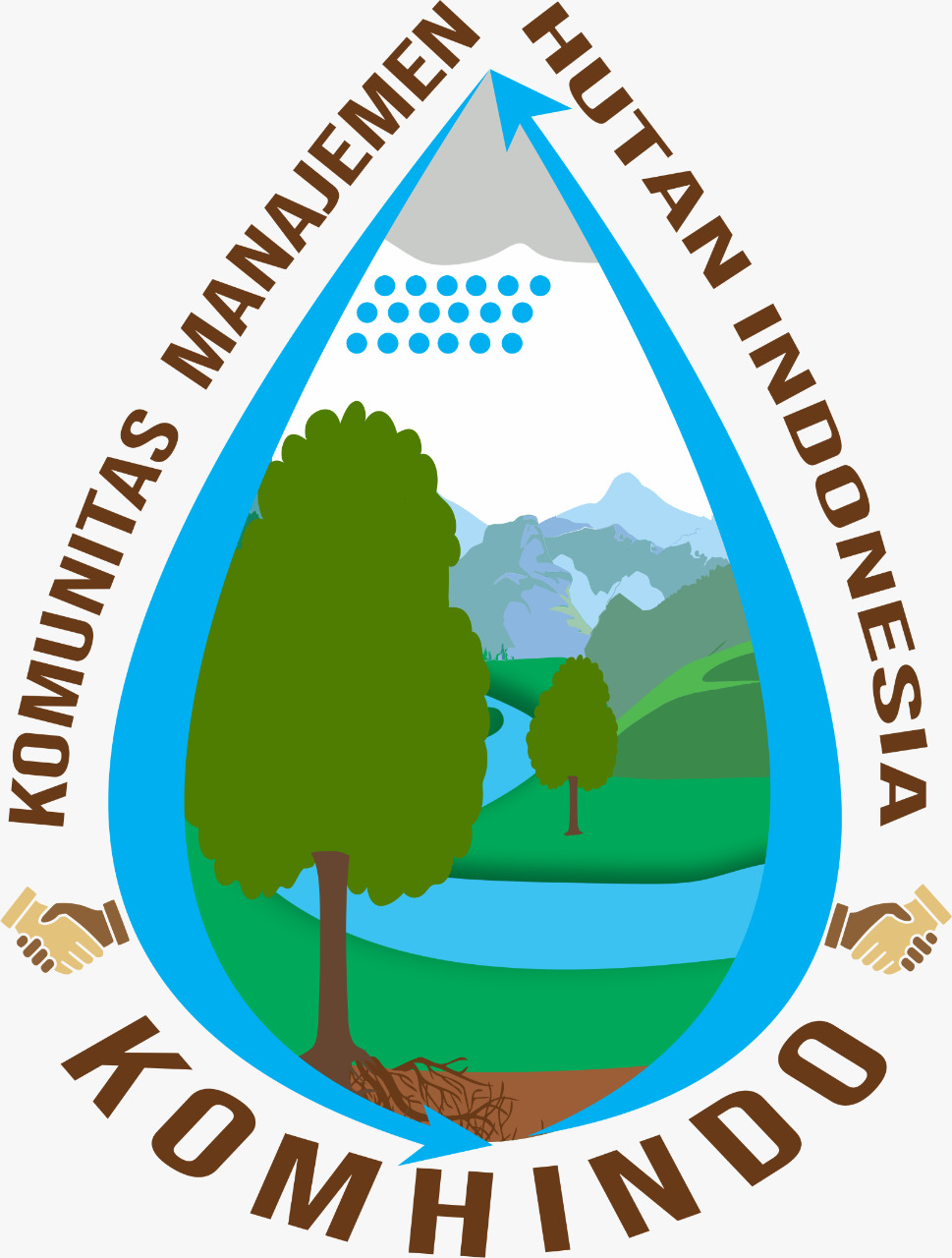ANALISIS KANDUNGAN SULFUR, NITROGEN, DAN KLORIN DALAM BIOPELLET BERBASIS LIMBAH PADAT KAYU PUTIH DAN GONDORUKEM
Abstract
In recent years, a transition towards renewable energy sources has begun to reduce fossil energy usage. One alternative renewable energy source is biopellets, which have gained public interest as an environmentally friendly fuel. Biopellets are a type of renewable energy derived from biomass, which, if it emits too much carbon, can lead to pollution. Carbon emissions are also related to combustion efficiency, as complete combustion can help reduce carbon emissions. This study aims to determine combustion emissions and combustion efficiency of biopellets made from eucalyptus solid waste with the addition of rosin to optimize the use of raw materials as renewable energy. The study employs an experimental laboratory approach with a factorial design to test the impact of sulfur, chlorine, and nitrogen content on the combustion efficiency of biopellets made from eucalyptus waste and rosin. Results indicate that the sulfur and chlorine content remain above the French standard (ITEBE), at 0.31% and 1.12%, respectively, while nitrogen content is below the standard at 0.48%. The resulting combustion efficiency ranges between 9.569% and 9.701%.
Downloads
Copyright (c) 2024 Gysberth Pattiruhu, Sofia Mustamu, Jimmy Fransz

This work is licensed under a Creative Commons Attribution 4.0 International License.











